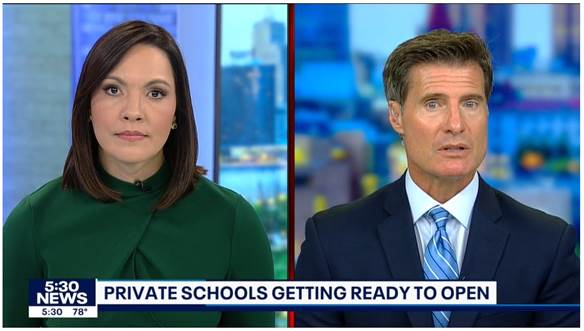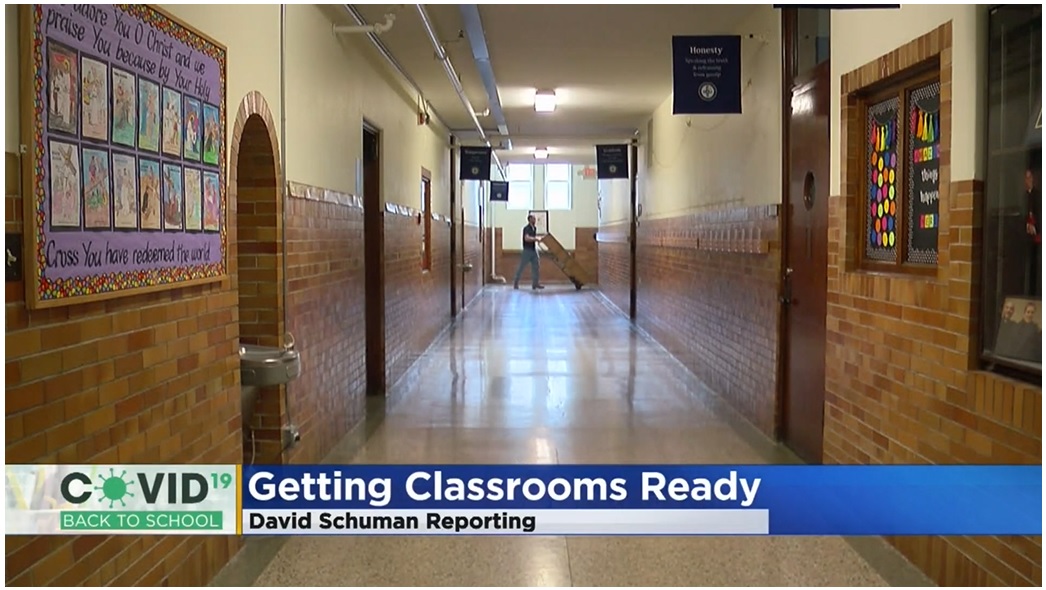What parent wouldn’t be overjoyed with an extra $7,000 or more in the bank account each year? That’s the difference between a cash-strapped family and one that enjoys things like academic tutoring, specialized coursework for special education students, private school, and college counseling. Quality life-changing educational pathways would no longer be confined to the wealthier class.
The desire to support parental freedom and allow for school choice has led lawmakers in many states to pass Education Savings Accounts (ESAs). There are 21 ESA programs in 18 states: Alabama, Arizona, Arkansas, Florida (2), Georgia, Indiana, Iowa, Louisiana, Mississippi, Montana, New Hampshire, North Carolina, South Carolina, Tennessee (3), Texas, Utah, West Virginia, and Wyoming.
While programs differ by state, most states don’t struggle to fit ESAs into their budget. That’s because a common method is simply to reallocate the state’s per-pupil amount allotted in the education budget to qualifying parents, in the form of a prepaid, reviewed debit card. It doesn’t raise taxes and in some cases can lower state costs, when ESAs have a lower financial cap than the per-pupil allotment. States have created flexible programs that fit their unique priorities. Some states have created income caps for participants, others allow additional funding for students with special needs, and still others allow unused account funds to pay for future collegiate expenses.
Ideally, all students would be able to find a quality education that fits their unique needs inside the public school system. However, students have different learning needs, styles, and career desires. Minnesota has understood this since 1991— when it was the first state to allow charter schools to operate. ESAs build on this legacy of publicly funded education delivered by flexible means.
A recent 2025 EdChoice survey, which assessed the opinions of a nationally representative sample of parents, found that over four out of five parents (or 83 percent) favored educational savings accounts. The favorability percentage has hovered in the mid-80s since 2019, when many parents gained a high appreciation for school flexibility due to pandemic-era constraints.

Minnesota has yet to pass an ESA bill, but that could change soon. Legislation that supports ESAs have been submitted, and national data suggests that ESAs are a delightful rarity: a program with a bipartisan consensus. Minnesotan lawmakers who ignore these bipartisan, mainstream demands might face political pushback from parents who demand the same educational freedoms for their family that are easily available in other states.
Progress can take time, but it helps when lawmakers are able to copy other states’ successful policies. There’s no reason for Minnesota to wait and choose to be further behind the curve than other states’ educational freedom initiatives.













